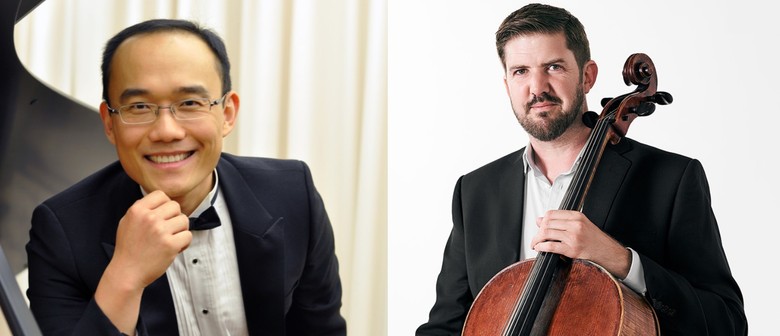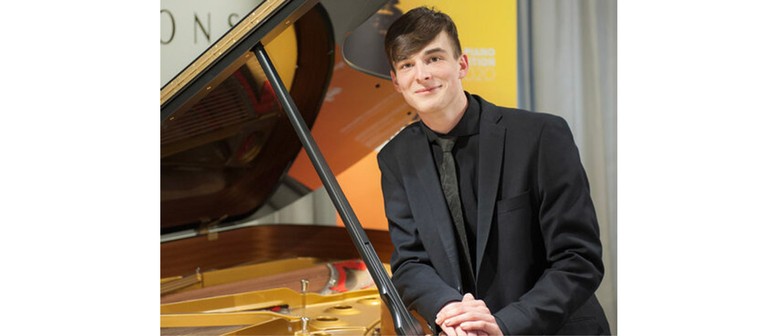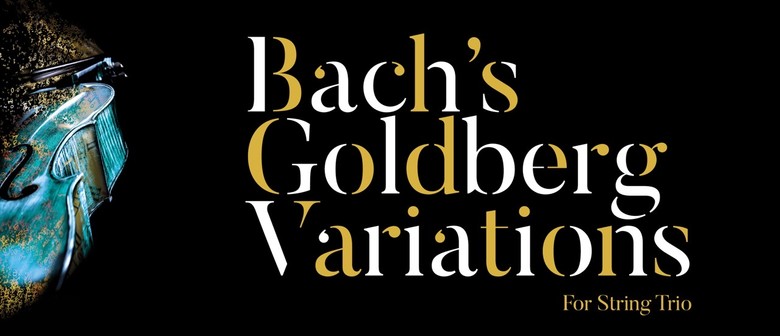Lunchtime Concert – ‘Aphra Trio’ Flute, Violin & Cello: CANCELLED
48 Nile St, Nelson, Nelson / Tasman
Ticket Information
- Additional fees may apply
Restrictions
Website
Listed by
Johann Sebastian Bach (1685 – 1750) – Sonata no. 1 in G Major BWV 1027
Adagio – Allegro ma non tanto – Andante – Allegro moderato
Originally scored for viola da gamba and harpsichord, it is believed that this work was composed in Leipzig at some time in the late 1730s and early 1740s. It is written in the four-movement structure (slow-fast, slow-fast) of the Italian sonata da chiesa so fashionable at the time. The sonata opens with an Adagio containing expansive melodic gestures, yet not devoid of Bach’s signature calling card of complex and often rather intense contrapuntal dialogue. The two inner movements comprise a rollicking, fugal Allegro ma non tanto followed by a languid Andante. The last movement is both contrapuntal and dance-like in nature with its up-beat start to the phrases, reminiscent of a bourrée.Franz Joseph Haydn (1732 – 1809) – Divertimento no. 1 in C Major hob 1V
Allegro moderato – Andante – PrestoThis trio is one of four trios (usually catalogued as Hob. IV: 1-4) in London in 1794. Over the years they have become known as the ‘London trios’. They call for two flute (or violins) and a violoncello, and are simple yet beautiful in nature. This particular trio has three movements, Allegro moderato, Andante and Presto, in the familiar fast-slow-fast pattern common to most of Haydn’s trios.
Franz Joseph Haydn – Divertissement no. 2 in G Major op 100
Allegro – Adagio – Allegro
Haydn’s six divertimentos for flute, violin, and cello were written in 1784 and are Haydn’s first pieces of chamber music to expressly call for the flute. Bubbly and cheerful, this work certainly lives up to the definition of a divertissement as a light piece of music usually performed as an interlude or reprise from something of heavier substance.
Georg Philipp Telemann (1681 – 1767) – Sonata no. 3 in D Minor
Allegro – Adagio – Allegro – Presto
Almost completely self-taught in music, Telemann became a composer against his family’s wishes and eventually became one of the most celebrated and prolific composers of his day. His all-encompassing oeuvre comprises more than 3,000 compositions, half of which have been lost, and most of which have not been performed since the 18th century. This work is full of passion and vigour. Listen out for the Balkan folk-music flavour in the strong unison passages of the two upper instruments in the final movement.
Lissa Cowie – Cello
Born in Scotland, Lissa emigrated to New Zealand at the age of 12. She studied cello at Auckland University with postgraduate study at the Royal Academy of Music in London. Lissa now enjoys being part of the Top of the South’s vibrant music scene and is a NCMA accredited teacher.
Juliet Ayre – Violin
Juliet grew up in Nelson, studying violin through the Nelson School of Music. After leaving Nelson to study with Stephen Larsen for four years followed by a further four years of study with Polish violinist; Jan Tawroszewicz; Juliet returned in 2009 where she is enjoying teaching violin and coaching and playing as much chamber music as she can.
Anna Maitland – Flute
Anna holds a Master of Music with 1st Class Honours in performance flute from The University of Auckland, a Master of Music Therapy from The New Zealand School of Music and a Graduate Diploma in Teaching from The University of Auckland. Although classically trained, Anna enjoys a diverse range of music and feels equally at home performing both classical and contemporary genres. Anna is a NCMA accredited teacher.
Log in / Sign up
Continuing confirms your acceptance of our terms of service.






Post a comment